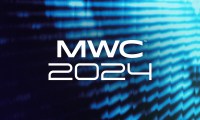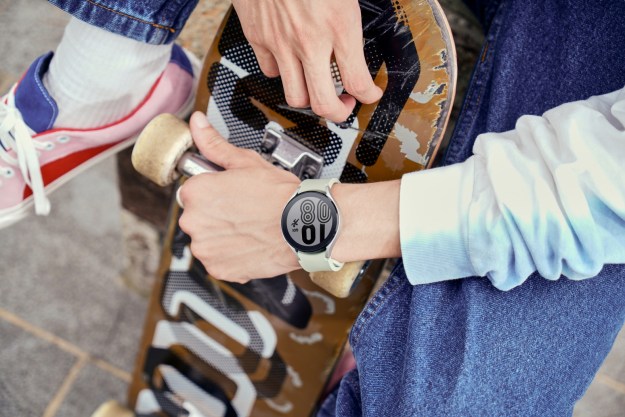If solar charging is going to be integrated into more devices, we’re going to have to change the way we think about batteries, their lifetime, and the way we charge them. At least, that’s the best way to approach Wysips new Reflect solar charging screen made for smartwatches, because the benefits it brings aren’t best illustrated by standby time or extended use, but by how often we need to plug the gadget in.
We last looked at Wysips technology when it was designed only for smartphones. Now, the technology is coming to smartwatches, and will soon be built into a watch designed by Vector, a company which as it turns out is the ideal partner to demonstrate the advantages of solar energy for wearables. You’re just going to have to think outside the box to see it.
The technology makes more sense on a less power hungry, more efficient, and more regularly exposed-to-the-light device like a smartwatch.
Here’s where we need to think differently. An extra 30 percent charge on an Android Wear watch means fewer than 10 hours, at best. That’s helpful, but not exactly life changing. The Vector watch is already very energy efficient. The battery lasts for a month — a figure proven in our review — and it’s clever power management means the Wysips layer can really get going, potentially taking the Vector watch’s battery to two months without a recharge. That’s six yearly visits to the charger instead of twelve.
However, because this energy boost comes from the sun, the gap between these charges is going to depend on where you live, your habits, and whether the watch is uncovered. If you only have a few months of summer where you live, then it may need recharging once during that time, then every month and a half the rest of the year. In the end, once the additional time spent away from the charger averages out over a year, a Wysips Reflect-equipped Vector Watch should have six or seven recharges; but the time between them won’t be exact.
That’s not the way we’re used to thinking about battery recharging, but to really see the benefits of solar charging, we may have to. However, for it to make a real difference, the device into which it’s integrated must be energy efficient in the first place. Otherwise it won’t provide the most gain. It’s not the solution to our battery woes, but a supercharger for devices that are already pushing the boundaries. Wysips is steadily refining the technology as well, and the prototype smartphone it made with Kyocera now gives a minute of talktime for every three minutes of solar charging, a considerable 50-percent increase over the previous version.
The technology makes even more sense on a device exposed more regularly to the light, like a smartwatch. The long usage time is already a key benefit to the Vector Luna, and potentially doubling it just makes it even more desirable. There’s no word on exactly when we’ll see the Wysips Reflect Vector watch, but there’s a strong chance it’ll be well before the end of the year. When it arrives, just be ready to think a little differently about the way it’s recharged.





